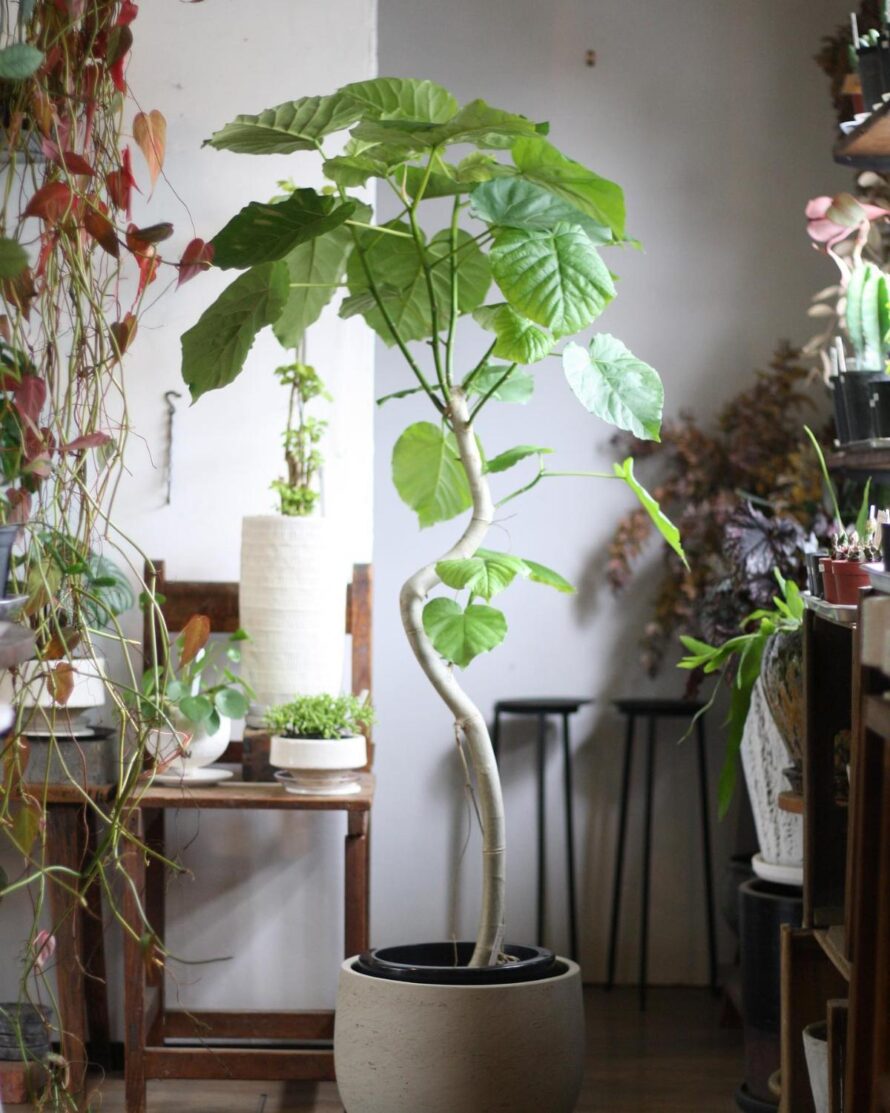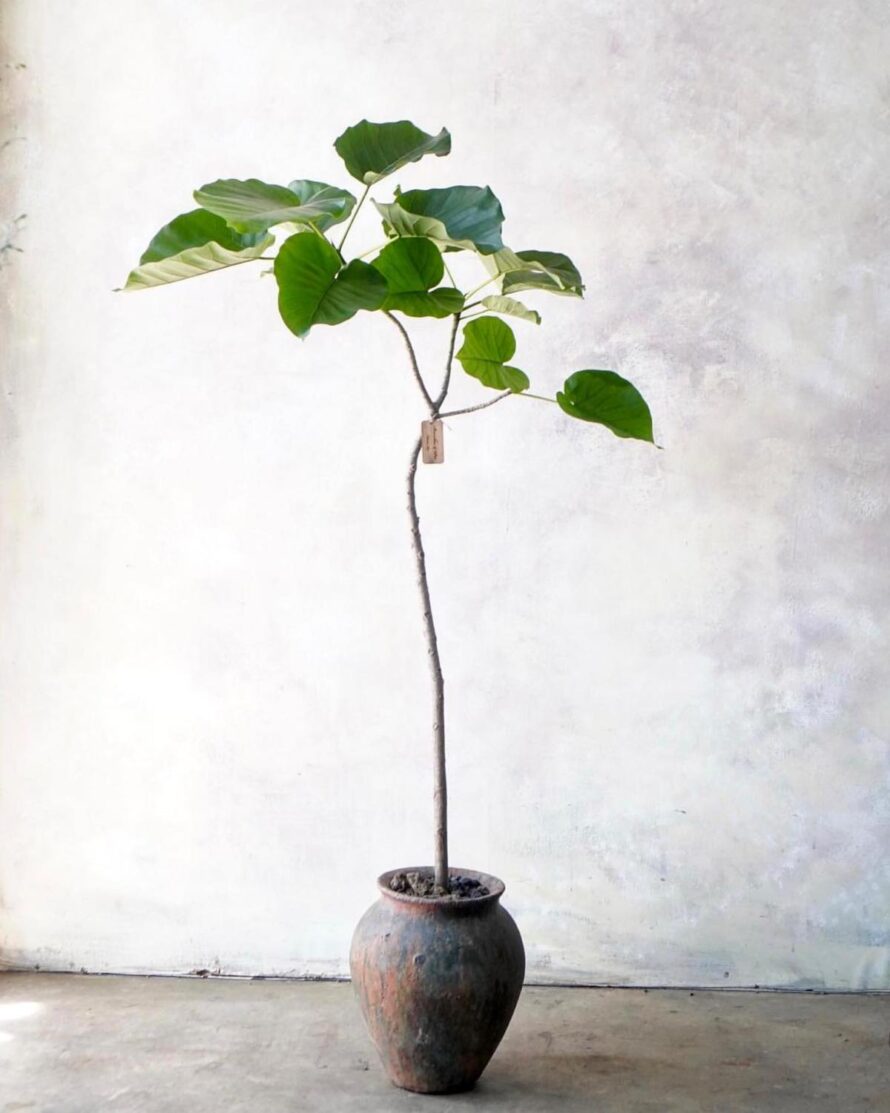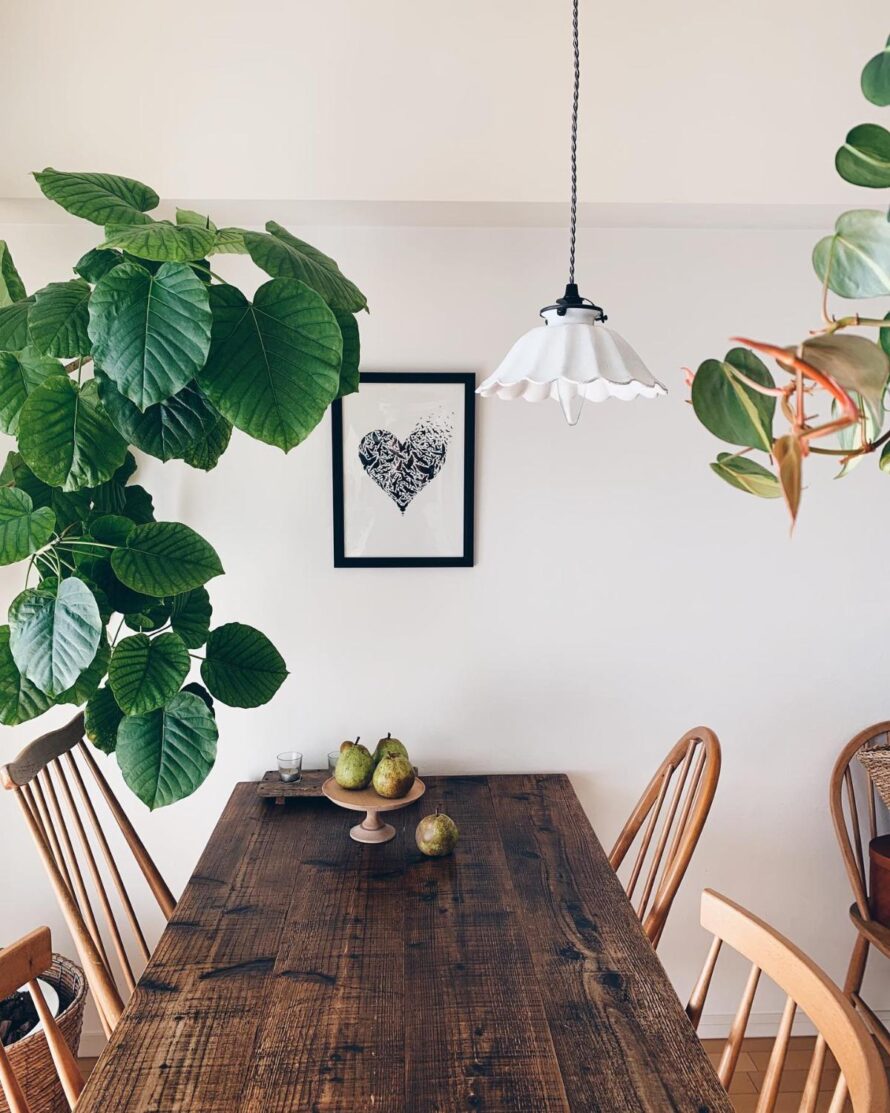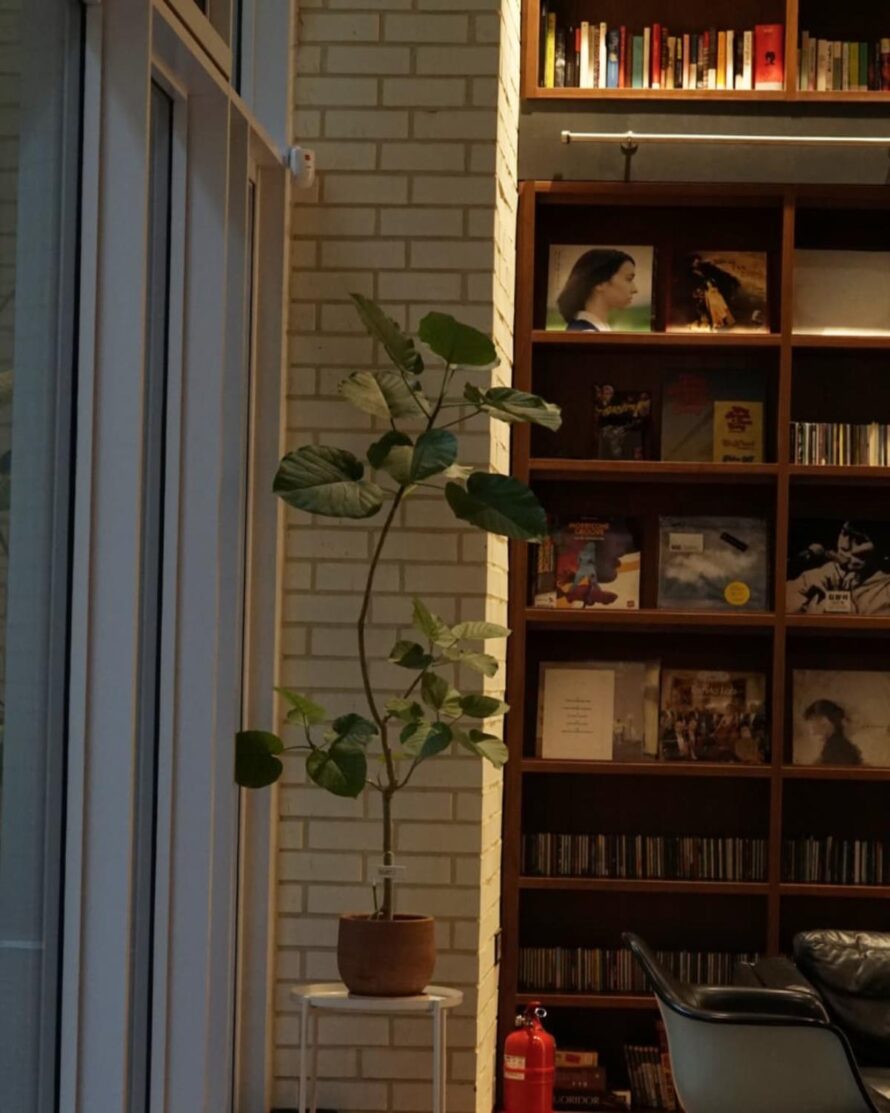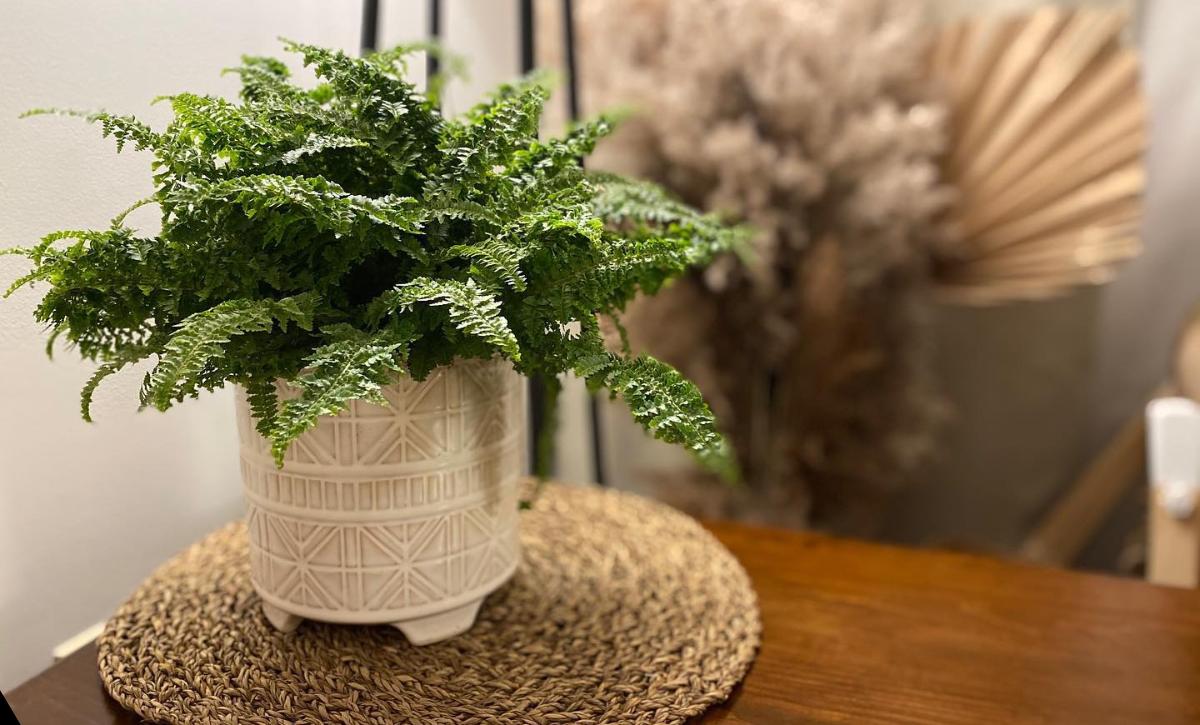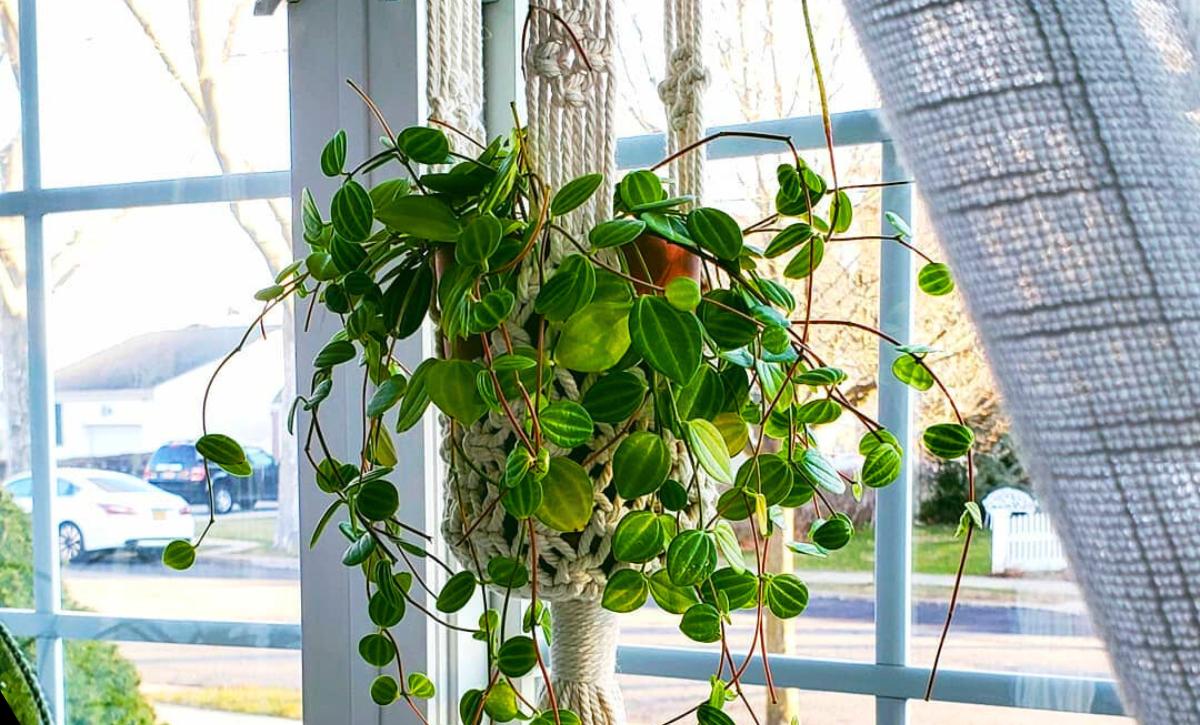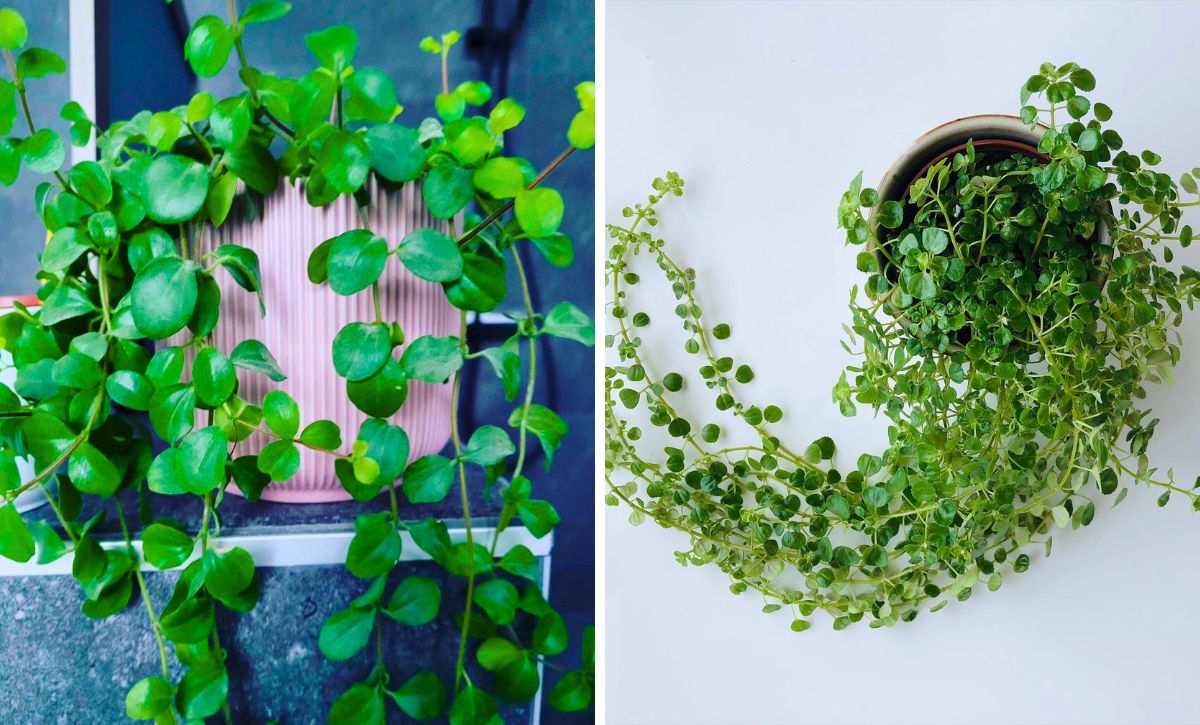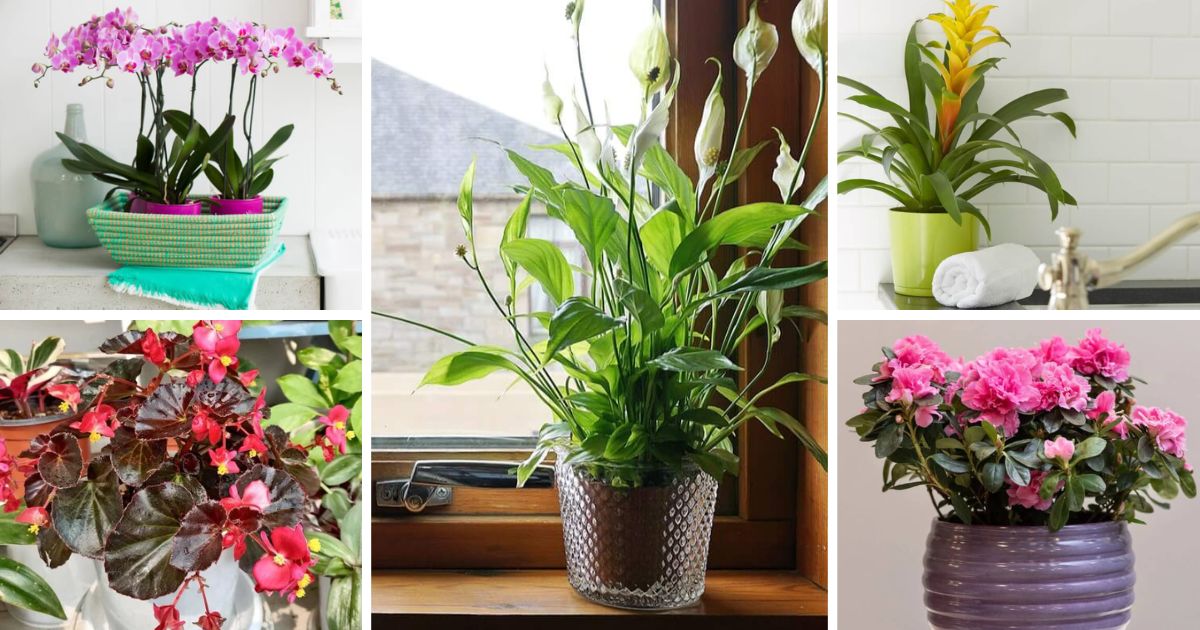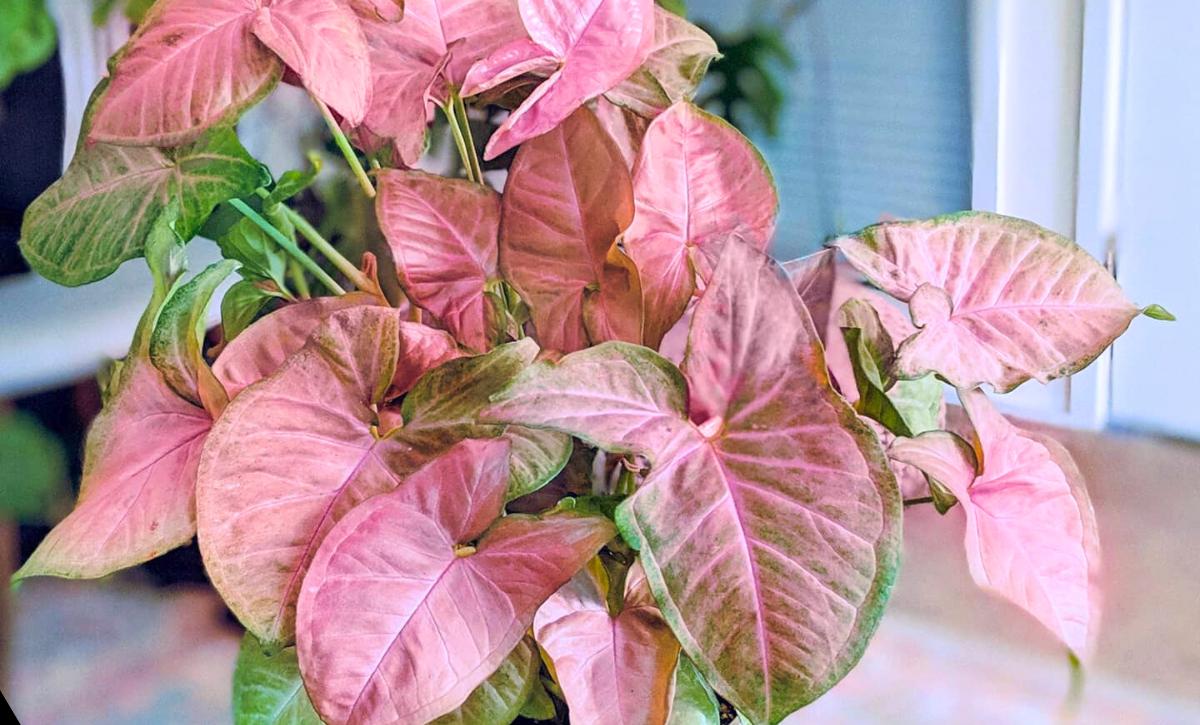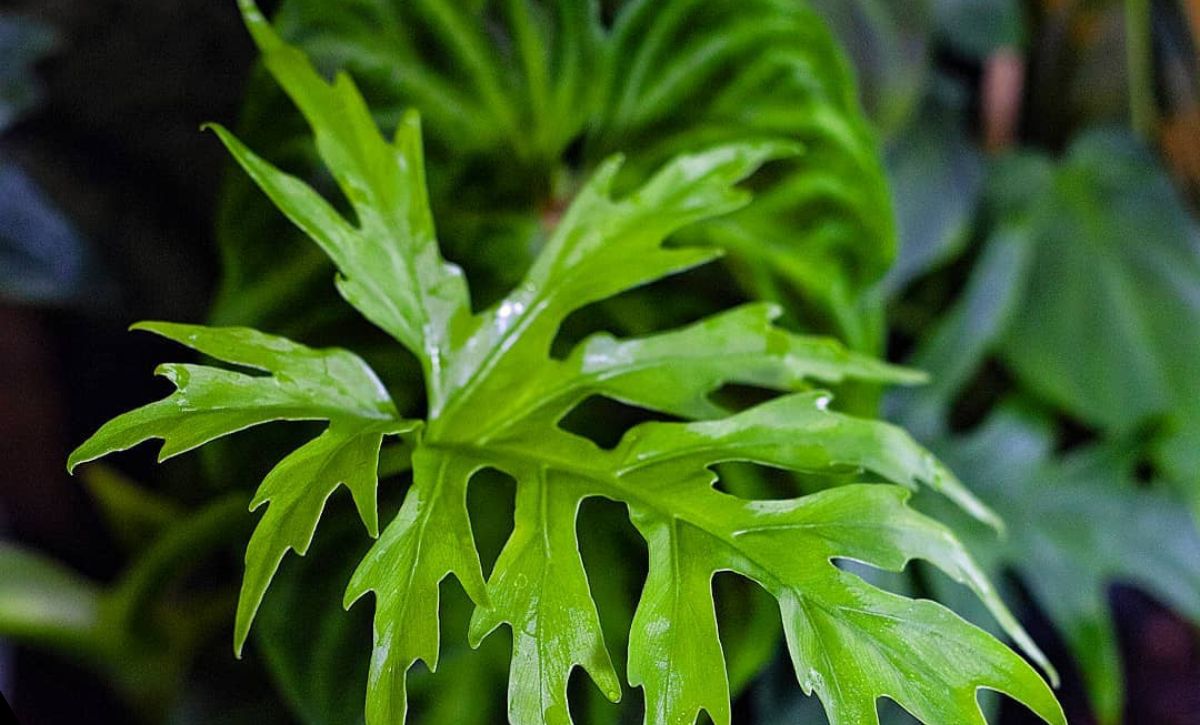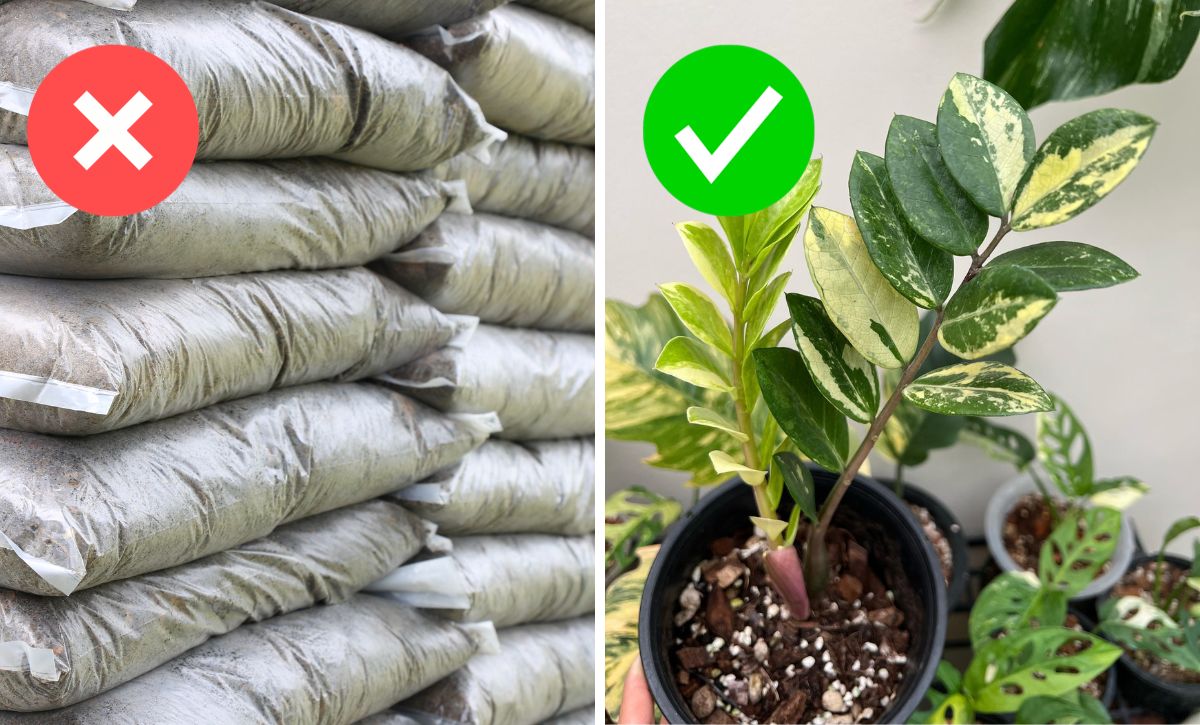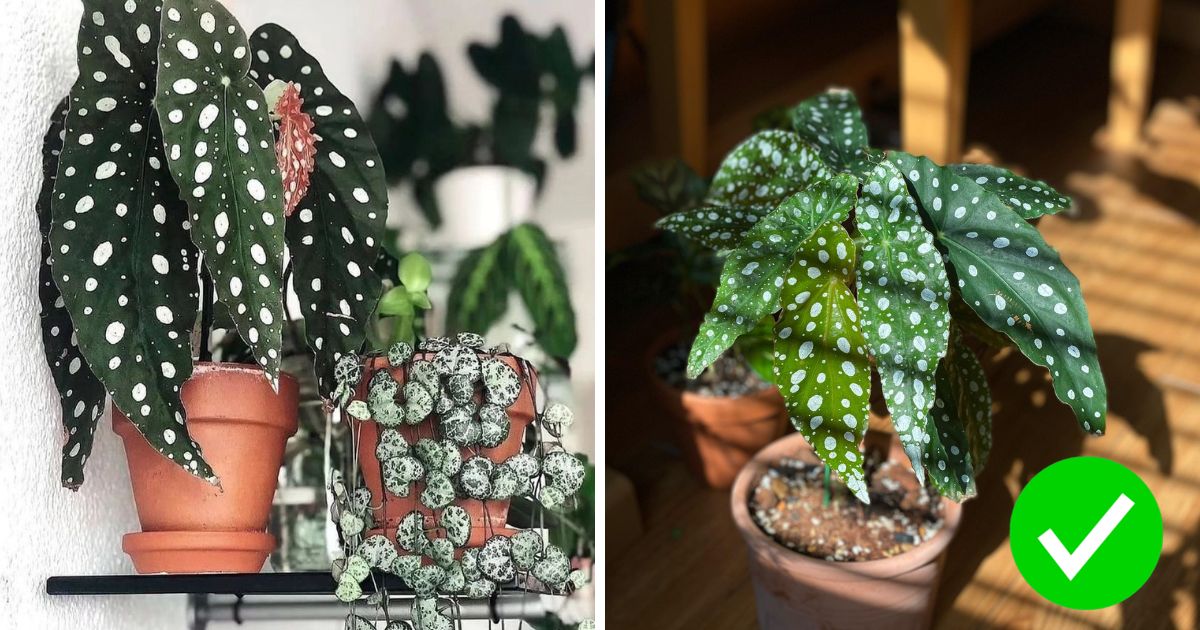Ficus umbellata is kind of a new species of ficus and it has become quite a popular houseplant for the last couple of years.
The plant has become a common occurrence in most homes across Japan, with most people loving it for its significant leaves and capricious appearance; this has led to the rise of its common nickname, “umbrella fig tree.”
Similar to its closely related species, the fiddle leaf fig, ficus umbellata, possesses a thin trunk that has large, waxy leaves.
The leaves are slightly thinner than those of a fiddle leaf fig and are heart-shaped with long, fragile petioles. The final appearance is dainty and fairly heavenly, making it the perfect houseplant to adorn your home.

You should have no difficulties caring for the ficus umbellata if you’ve grown a ficus before. The plant thrives in warm temperatures, prefers regular watering, isn’t picky about pruning or fertilization, and enjoys a bright spot. Similar to all other plants in the Ficus genus, the Ficus umbellata is classified as toxic and unfit for pet and human consumption.
Let’s take a look at some of the general information about the Ficus umbellata:
| Family: | Moraceae |
| Botanical name: | Ficus umbellata |
| Common name: | Umbrella fig tree |
| Native area: | Africa |
| Plant type: | Tree, perennial |
| Size: | 12 ft tall, 5 ft wide (when grown indoors) |
| Bloom time: | Does not bloom indoors |
| Flower color: | Does not bloom indoors |
| Sun exposure: | Full, partial |
| Soil type: | Well-draining, moist soil |
| Soil pH: | Acidic |
| Hardiness zones: | USDA 9 -11 |
| Toxicity: | Toxic to humans and pets |
Care Guide for the Ficus Umbellata
The following are the primary care requirements for growing the umbrella fig tree:
- Plenty of bright, indirect sunlight.
- Keep in warm, humid conditions.
- Pot in a loose, well-draining growing medium.
- Allow the top few inches of your substrate to dry out between waterings.
Light Requirements
Ensuring your ficus umbellata is receiving enough light is one of the most critical factors in its care guide. Just like other ficus species, the umbrella fig tree loves plenty of bright, indirect light. Therefore, you should place your plant near a bright window but avoid keeping it in direct sunlight since its leaves are susceptible to sunburn after being exposed for prolonged periods.
Temperature and Humidity Requirements
Similar to most ficus, the umbrella fig tree flourishes in warm temperatures and above-average humidity, making it ideal for indoor growing. The umbellata isn’t frost tolerant, so keeping temperatures between 65 – 85% and humidity above 50% would be best.
Water Requirements
The ficus umbellata requires frequent watering to thrive, but it’s also prone to overwatering. Allow the top two inches of soil to be dry to the touch between waterings before watering thoroughly. Ensure your pot has enough drainage holes to get rid of the excess water or else you’ll risk losing your plant due to root rot.
Soil Requirements
It would be best if you planted the umbrella fig tree in a substrate that’s well-draining but can retain some moisture. Combine equal parts of indoor potting soil, orchid bark mix, and perlite to get the perfect mix. You can also use a cactus and succulent potting mix as a substitute.
Fertilizer Requirements
The ficus umbellata appreciates regular fertilization during the active growing season. Give your umbellata a balanced houseplant fertilizer once a month during watering in spring and summer to foster strong, healthy growth.
Pruning
You don’t necessarily need to prune your ficus umbellata. However, it’s a viable option if you plan to control the plant’s size and shape as it grows. Pruning encourages the tree to branch, giving it a fuller appearance as it matures.
Ensure you wait until spring and summer if you plan to prune your umbellata when the plant is actively growing. Remember to use sharp, clean, and sterilized pruning shears or scissors to avoid spreading diseases or bacteria as you cut your plant.
Propagation
Propagating the umbrella fig tree is an excellent way to upcycle trimmings from pruning or to grow new plants. Stem cuttings in water (rooting branch) are the easiest method to propagate the umbellata.
Make sure you have the following items before you begin: a pot, well-draining potting soil, some water, a jar or vase, and a pair of pruning shears or scissors. Here are the instructions for propagating the ficus umbellata:
Step 1: Using your pair of pruning shears or scissors, take a stem cutting from a healthy umbrella fig tree; ensure the cutting has between 3 to 5 nodes and at least one leaf.
Step 2: Discard any leaves at the bottom of the cutting since this part will be submerged in water.
Step 3: Fill the vase or jar with room temperature water and put your cutting in the water. Make sure at least one node is submerged.
Step 4: Place the container in a warm spot that receives bright, indirect sunlight. Refresh the water once weekly, and you should begin noticing the cutting starting to root after several weeks.
Step 5: You can move the plant from water to soil once the roots have sprouted and are established. This typically takes between 1 – 2 months.
Step 6: Fill your pot with a well-draining substrate and plant the rooted cutting in it. Then, pat the soil around it down firmly.
Step 7: Provide your freshly planted cutting with a frequent watering regime, keeping the soil evenly moist for the first 1 – 2 weeks; this helps the roots acclimate from water to soil.
Potting and Repotting
You only need to repot the ficus umbellata once it has grown out of its old pot, and you might find it to be slightly rootbound. As such, depending on the plant’s growth rate, you’ll only need to repot it once every 2 – 3 years. One way of knowing whether your plant is in need of a new pot is noticing roots circling inside of the pot or growing from your pot’s drainage holes.
Like most houseplants, the best time to repot your plant is during spring and summer, its active growing season. Your new planting container should be at least 2 – 4 inches larger than the previous one to avoid incidences of overwatering your umbellata.
Gently take out the plant from its container, shake out as much of the old potting soil as you can, and then fill your new pot with fresh potting soil before planting your umbellata. Water your plant thoroughly before placing it back in its original spot.
You might notice your umbellata developing a few yellow leaves after repotting, but this shouldn’t be of much concern; the plant is just adjusting to its new environment. Your plant should resume growing normally once it recovers from the shock.
Common Pests and Diseases
The umbrella fig tree is susceptible to a few common houseplant diseases and pests. Some of the common pests that attack this plant include scale and mealybugs, which enjoy sucking the plant’s milky sap. The umbellata is also prone to root rot, which is caused by overwatering. Some common indicators of root rot in this plant include the rapid loss of leaves and mushy stems.
Common Problems with the Umbrella Fig Tree
Similar to its cousin, the fiddle leaf fig, the ficus umbellata can be picky about its environment, even though it has a pretty straightforward care guide. The following problems will affect your plant when urgent care requirements haven’t been met, including humidity, temperature, lighting, and watering.
Yellow Leaves
Yellow leaves are normally not that much of a big deal, but if your umbellata is rapidly developing yellow leaves, it might be a sign of a serious problem affecting it. Yellow leaves usually indicate your plant isn’t getting enough humidity, experiencing overwatering or underwatering, or isn’t getting enough light.
Brown Leaves
If you notice your ficus umbellata developing leaves with brown, crispy spots, this can be a sign that the plant is being stressed in its environment. Lack of humidity and underwatering are the common causes of this, but too much sunlight could also cause leaf burn, which will be exhibited in a similar manner.
Frequently Asked Questions
Is the umbrella fig tree rare?
The demand for the ficus umbellata isn’t that high in North America, so most nurseries don’t usually mass-produce this plant. However, the plant isn’t particularly considered rare. You might have to search for nurseries dealing with these plants online but you’ll get one at an affordable price if you do find it.
Can the umbrella fig tree handle full sun?
The umbrella fig tree thrives in bright, indirect sunlight but can also handle short periods of direct sunlight. This is best during the morning or evening when the sun isn’t too hot; harsh afternoon sunlight can scorch your plant, so it’s best to avoid it.
How big does the umbrella fig tree grow?
This ficus typically grows to about 10 – 12 feet tall indoors. You can control the plant’s size by keeping it in a smaller container to limit its growth or pruning regularly.


